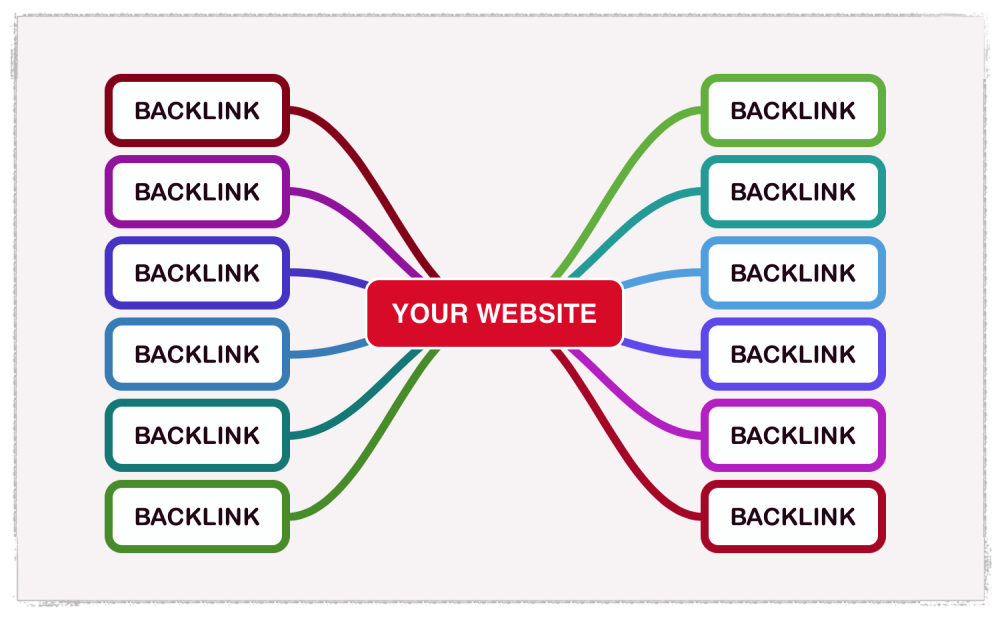 What is a Backlink?
What is a Backlink?
If you’re not familiar with the term, a backlink is a link from somebody else’s website or blog to yours. Backlinks are important because they have the ability to raise or lower your website authority in a meaningful way, depending on the quality of the backlinks you attain. I say “depending on the quality,” because not all backlinks are created equal.
Good Types of Backlinks
- Sharing a link, or someone sharing a link to you, because it’s great information that’s relevant to readers
- Links that come from reputable websites — with low spam scores and high authority scores (sites that have higher authority scores than your site are preferable)
- Backlinks that require some amount of editorial control. Examples include: guest blogging, directory submissions (citations), press release distribution, blog commenting, niche forums and community sites. All of these are editorially controlled (gaited). In other words, someone has to approve or reject the submission as opposed to simply being submitted and accepted (non-gaited).
Bad Types of Backlinks
- Paid links, which is a link that’s actually paid for (with money, a favor, gifts, etc.).
- Link networking, which occurs when two websites trade links, or link to each other in order to boost backlink numbers.
- Links from overly spammy sites. A good way to check for site “spamminess” is to use an application like MOZ’s Open Site Explorer. It’s free to use, and it will tell you the spam score of any website for which you are considering creating a backlink. You can also check sites that have already added a backlink to your website (with or without your permission) to check their spam score. While you’re there, check your site’s spam score, too!
What are Citations?
You may be wondering what citations are, as the term has more than one meaning. In this case, we’re talking about website citations, which are essentially directory listings for your website. They’re important, and luckily easy to build upon, especially if you use an application such as Bright Local. Bright Local helps you identify where you already have citations, suggests potential new citations, and SUBMITS these citations for you so you can spend your time doing something else.
Avoid Sketchy Backlinks Dealers
If anyone offers to increase your backlinks by hundreds or thousands in a short amount of time, that person is probably practicing questionable strategies to do so. And that can mean trouble for your website. In fact, large amounts of backlinks created in a brief amount of time can look suspicious to Google. If this happens, your efforts can actually work against your website, so build your backlinks carefully and with patience. According to Bright Local, “citation building should appear natural to the search engines and be built gradually over the course of a few months. A good figure to work on is around 25-50 citations per month.”
At Cuppa SEO, we’re sometimes even more cautious with clients, rolling out about 10 new citations every 3–4 weeks. Why? If anything looks unnatural to Google, a penalty could ensue. And if we’re building a brand-new website, nothing says “unnatural” more than 500 backlinks cropping up just days after a site goes live. Beyond citations, there are other ways to legitimately increase your backlinks — natural editorial links and manual outreach, for example. But no matter how you slice it, it’s a long-term process.
This article was gleaned from Joey’s book, A Holistic Guide to Online Marketing, which is chock-full of tips and marketing strategies to help you grow your business. Want to learn more about backlinks and optimizing your digital presence? You can get your copy of A Holistic Guide to Online Marketing on Amazon.
Need assistance with your website?
Contact Cuppa SEO Web Design anytime for a complimentary consultation!